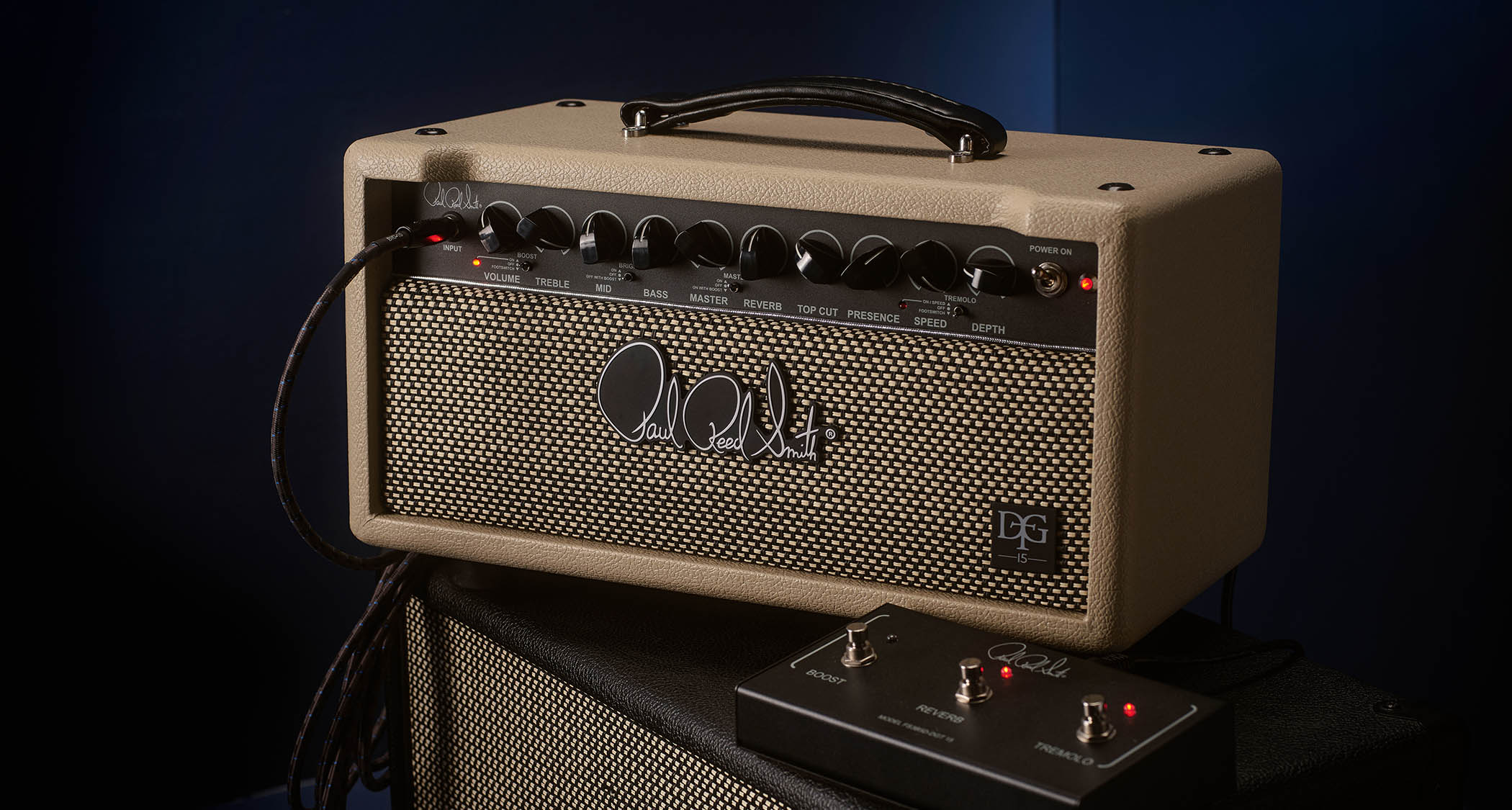Guitar World Verdict
The size and wattage of this amp will be attractive to a large guitar-playing demographic that craves power-amp saturation at reasonable volumes. The wide range of exceptional tones, from warm and clean to edge-of-break-up, through to dimed ‘Plexi’, plus the extensive footswitchable options, mean you could happily jump on stage with just this amp and a guitar.
Pros
- +
Authentic all-valve tone.
- +
Great range of switchable tonal functions.
- +
Tidy portable package.
- +
Great value for money.
Cons
- -
A cover would be a nice addition.
- -
PCB construction requires gentle treatment.
You can trust Guitar World
Back in the annals of PRS history, its founder, Paul, became enamoured with the playing and tone of Texas bluesman David Grissom, a guitarist with a stellar roster of clients including The Allman Brothers, John Mellencamp, Chris Isaak and Bob Dylan.
The blossoming tone-rapport between David and Paul would lead to a number of Grissom signature products, commencing with the highly-esteemed PRS DGT guitar in 2007.
A conversation began between senior PRS amp designer Doug Sewell and Grissom regarding the sound of his four favourite historic amps: specifically the top-end of a Tweed deluxe, mid-control of a Hiwatt, the low-end of the ‘Plexi’ 50 with nods to an AC30, resulting in the 50-watt and 30-watt incarnations of the DG Custom amp in 2012.
The 50-watt version had less of the power-stage saturation that David leans on for his gutsy Texan tone and was subsequently discontinued. Released earlier in 2024, however, is this keenly priced new DGT head, designed in the USA and – like the current Archon, MT 15 and 100, HDRX 20 and Sonzera 20 – made in Indonesia.
Pulling the amp out of its substantial packaging, an attractive blonde compact-sized 15-watt single-channel amp head emerges with a helpful overlay card offering setting suggestions, followed by a sturdy black anodised, three-way red LED-illuminated footswitch controlling the boost, reverb and tremolo functions with stage-length MIDI-style cable, IEC mains cable and a brief instruction pamphlet to complete the deal.
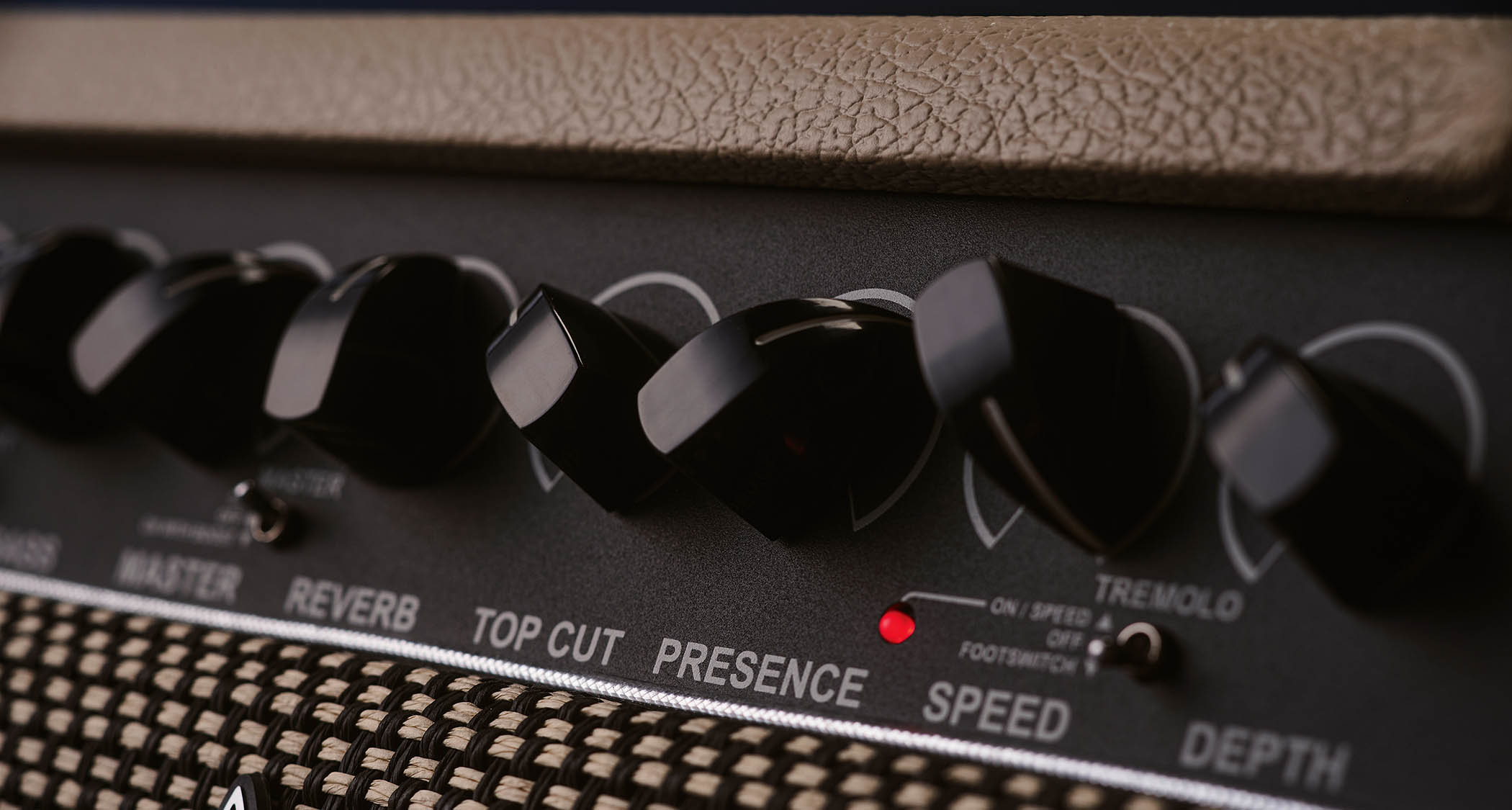
Built around a Fender-style, downward-hanging chassis in heavy gauge black-anodised steel, the design aesthetic continues with the blonde Tolex and plush leather strap handle, while the salt ’n’ pepper basket-weave grille cloth subtly hints towards the Marshall influence. It’s a great-looking head that will likely receive approving glances from even the sniffiest amp aficionados.
The matt black faceplate houses the unnumbered controls comprising preamp volume, master volume, treble, middle, bass, a three-way Boost switch allowing for the boost to be on/off or footswitchable, and a three-way Bright switch, again with On/Off or Footswitch assignment.
All the latest guitar news, interviews, lessons, reviews, deals and more, direct to your inbox!
Additional controls include reverb (a three-spring tank enhanced for colour, depth and liveliness), Top Cut, which removes unwanted high-end in a Vox-style manner, and Presence, which controls the gain of the high-end. Finally, the tremolo’s Speed and Depth controls are again joined by a three-way On/Off/Footswitch toggle.
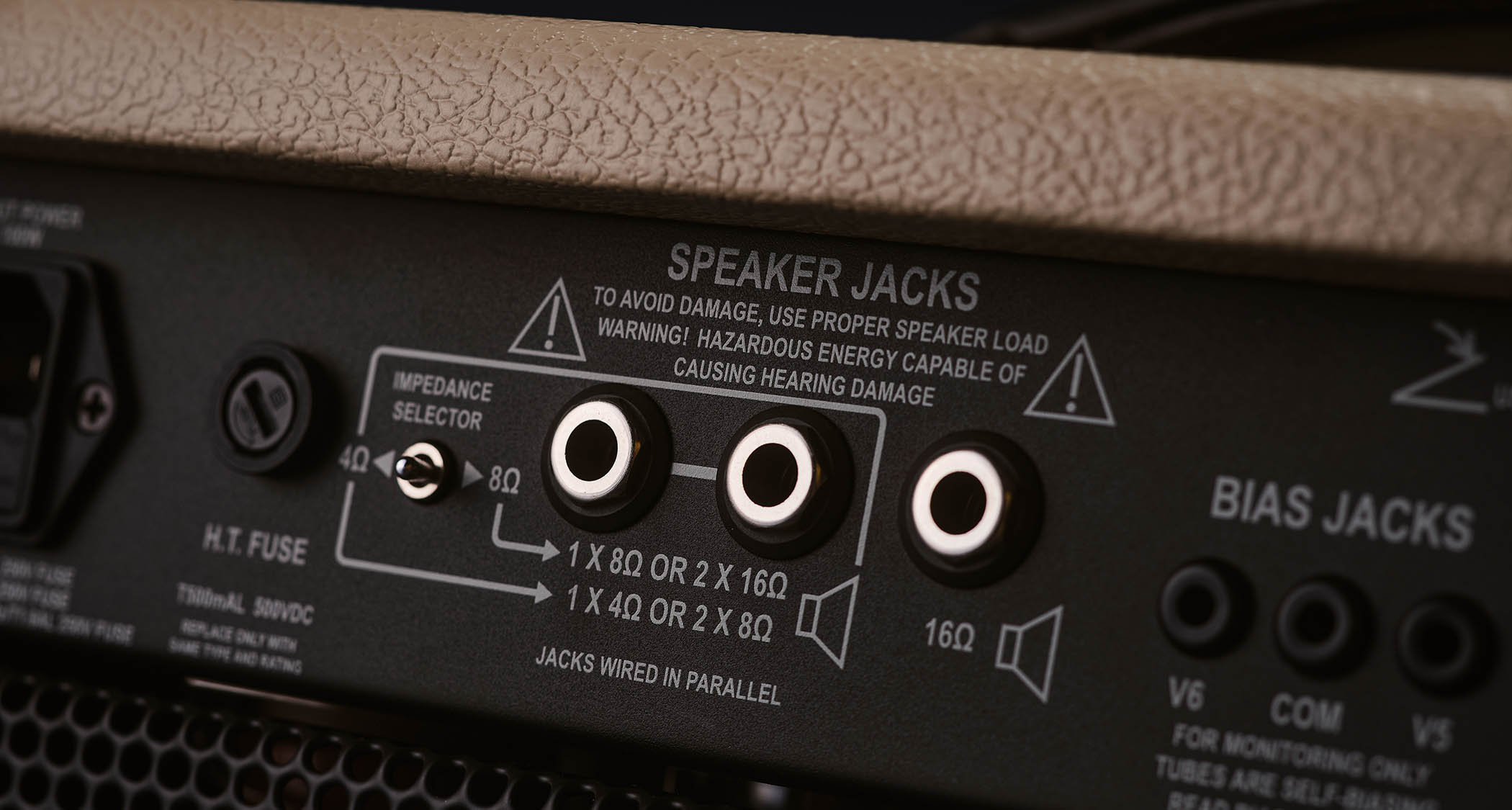
Internal inspection finds a densely populated printed circuit board replete with board-mounted pots and valves, a construction method necessary to achieve a price point hovering around the $/£1,000 mark. Noteworthy use of silicon thermal glue on many of the electrolytic capacitors presumably prevents vibrations.
The only thing we weren’t excited to see was that the wires supplying the GZ34 rectifier have been left over-length and bound together with cable ties, allowing the theoretical potential for noise to be introduced. Similarly, the mains supply cables from the IEC would be best twisted together to reject hum. Despite that, we didn’t experience any such untoward hum.
It’s worth mentioning the PCB-mounted pot and valve design isn’t quite as robust as old-school point-to-point construction. It is, however, widely employed by the likes of Marshall and many, many others. We might recommend treating compact heads of this type gently, but, that said, the included five-year warranty shows PRS probably isn’t experiencing many issues with them.
Sounds
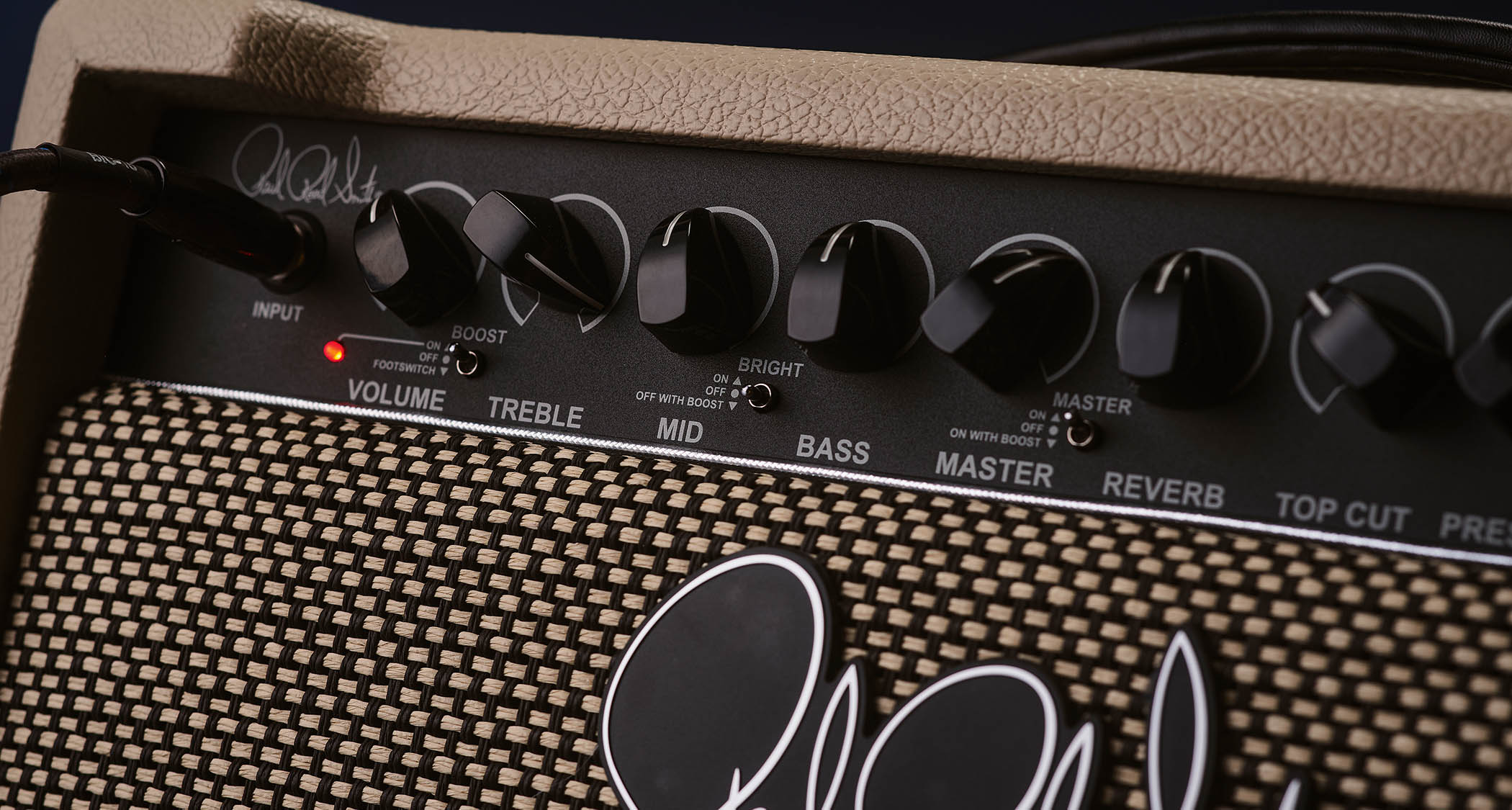
We hooked up our 4x12 Greenback cab, strapped on a Les Paul Custom and hit the power to be greeted by a throaty roar. Dialling in the EQ for the Dave Stephens PAFs, the huge tone-sculpting potential begins to unfold. Our ’82 Strat loves the amp’s mid-forward character, while other humbucker-equipped guitars stayed agile with deployment of the Bright cap.
It’s fair to say this amp delivers all the midrange-forward guts that one might expect from a Texas blues player’s signature amp
Many single-channel amps are voiced for a specific gain level and only shine in that sweet spot. Not this one! We got lost in the warm jazz-style tone with the gain on 10 o’clock, and kicking in a healthy dose of reverb and tremolo had us polishing our soul chops.
Edge of break-up begins thereafter and passing through AC30 gain levels we arrive at JTM45-style gain in the control’s last quarter of operation. This amp’s ability to present your guitar’s inherent tone, rather than imparting its own sound, became clear as the more taut bottom-end of the bridge pickup focused the mids into a stringier, more articulate response.
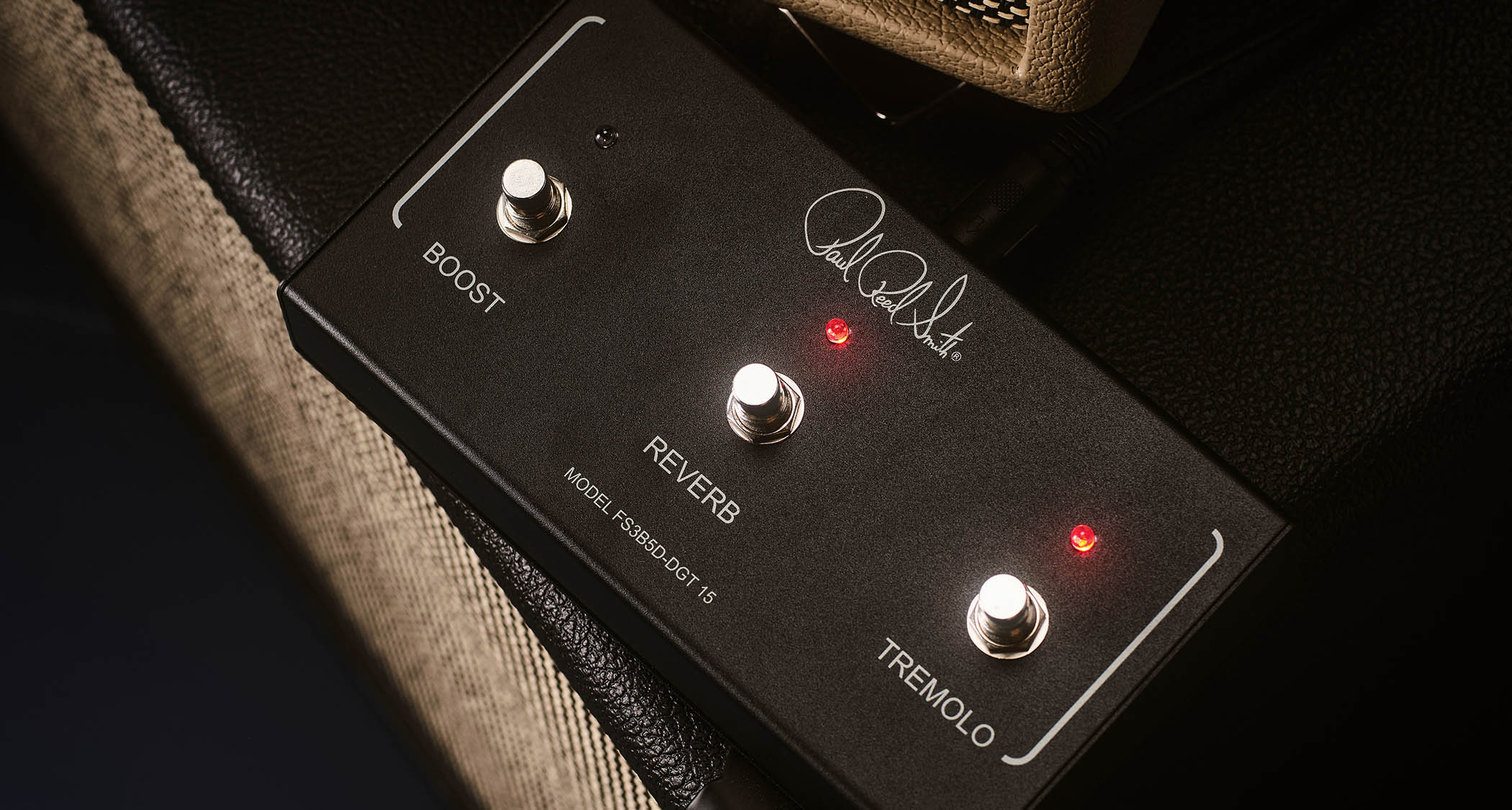
Any doubts the amp needed four varieties of treble control disappeared as we began digging in, appreciating the subtle differences and interactions. The treble control not only increases treble but also gain, as the amp really takes on a gorgeous ‘Plexi’ character with this above three o’clock, producing a dead-on Thin Lizzy Chinatown tone.
It’s fair to say this amp delivers all the midrange-forward guts that one might expect from a Texas blues player’s signature amp, but by dialling back the midrange and pushing up the treble and bass, a more recognisable Fender-style tone comes to the fore. This amp loves to sing, too, and utilising the increased mid-push of the Boost function, your notes will beg to be held into transcendent feedback.
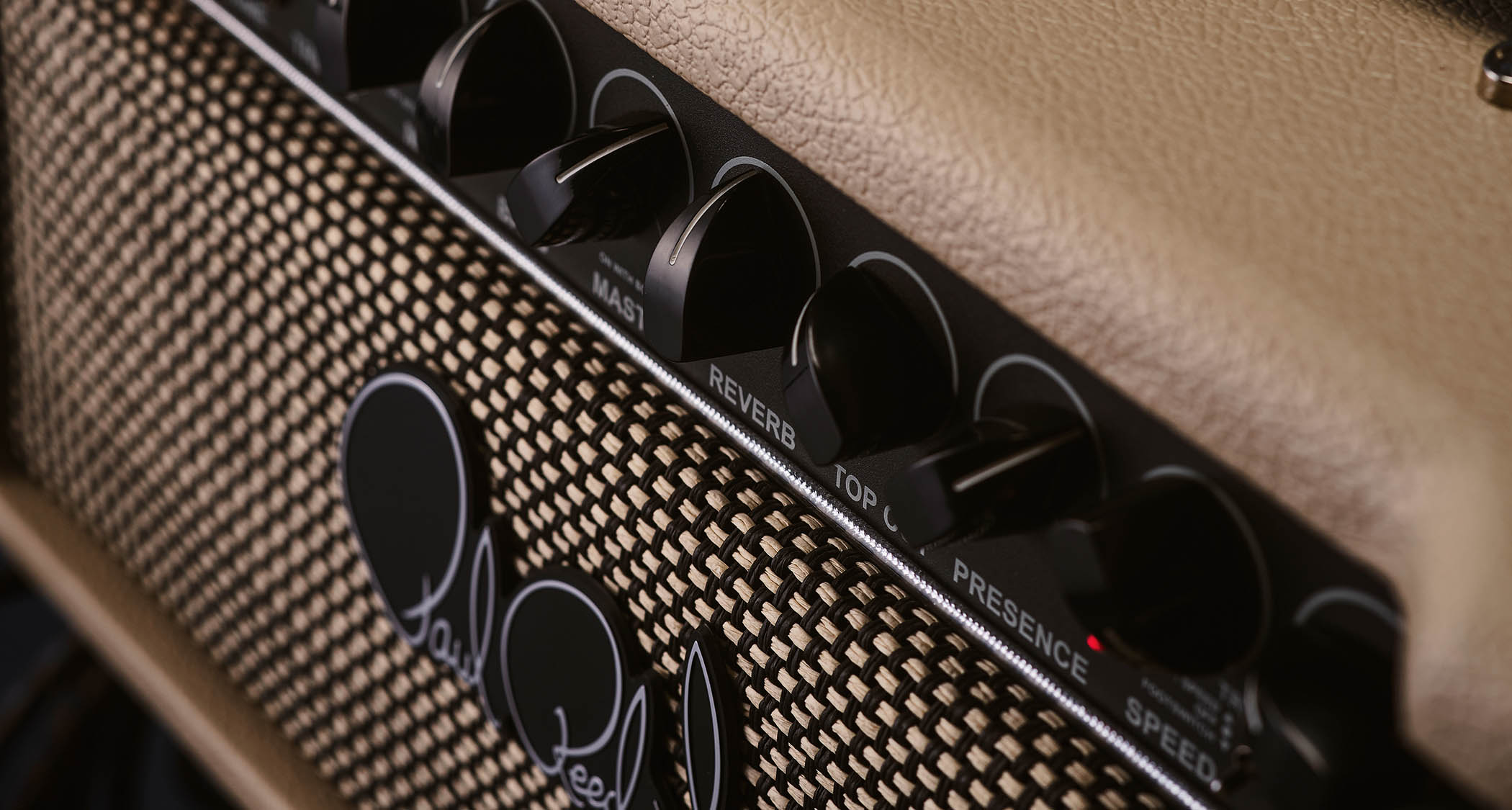
And while it may not appear as a traditional pedal platform amp, it does take pedals quite nicely, especially gain stompboxes – Tube Screamer, anyone?
Since this amp leans heavily on its pair of EL84s for power-stage saturation, it’s not a great candidate for an effects loop, hence the omission. But on the back panel we find preset four-, eight- and 16-ohm speaker jacks, plus bias jacks to monitor the performance of the self-biasing power section.
The reverb tone coming from the three-spring tank is coloured and well tuned, providing everything from a mild halo to fully wet surf-’verb. Meanwhile, the valve-biased tremolo is perfect for anything from a subtle shimmer to a full-bodied throb and we found ourselves leaving it on a mild two o’clock speed with nine o’clock depth for extended periods.
Verdict
The size and wattage of this amp will be attractive to a large guitar-playing demographic that craves power-amp saturation at reasonable volumes.
The wide range of exceptional tones, from warm and clean to edge-of-break-up, through to dimed ‘Plexi’, plus the extensive footswitchable options, mean you could happily jump on stage with just this amp and a guitar (perhaps with a Tube Screamer, too). If treated lovingly, it should be a willing partner-in-tone for years to come.
Specs
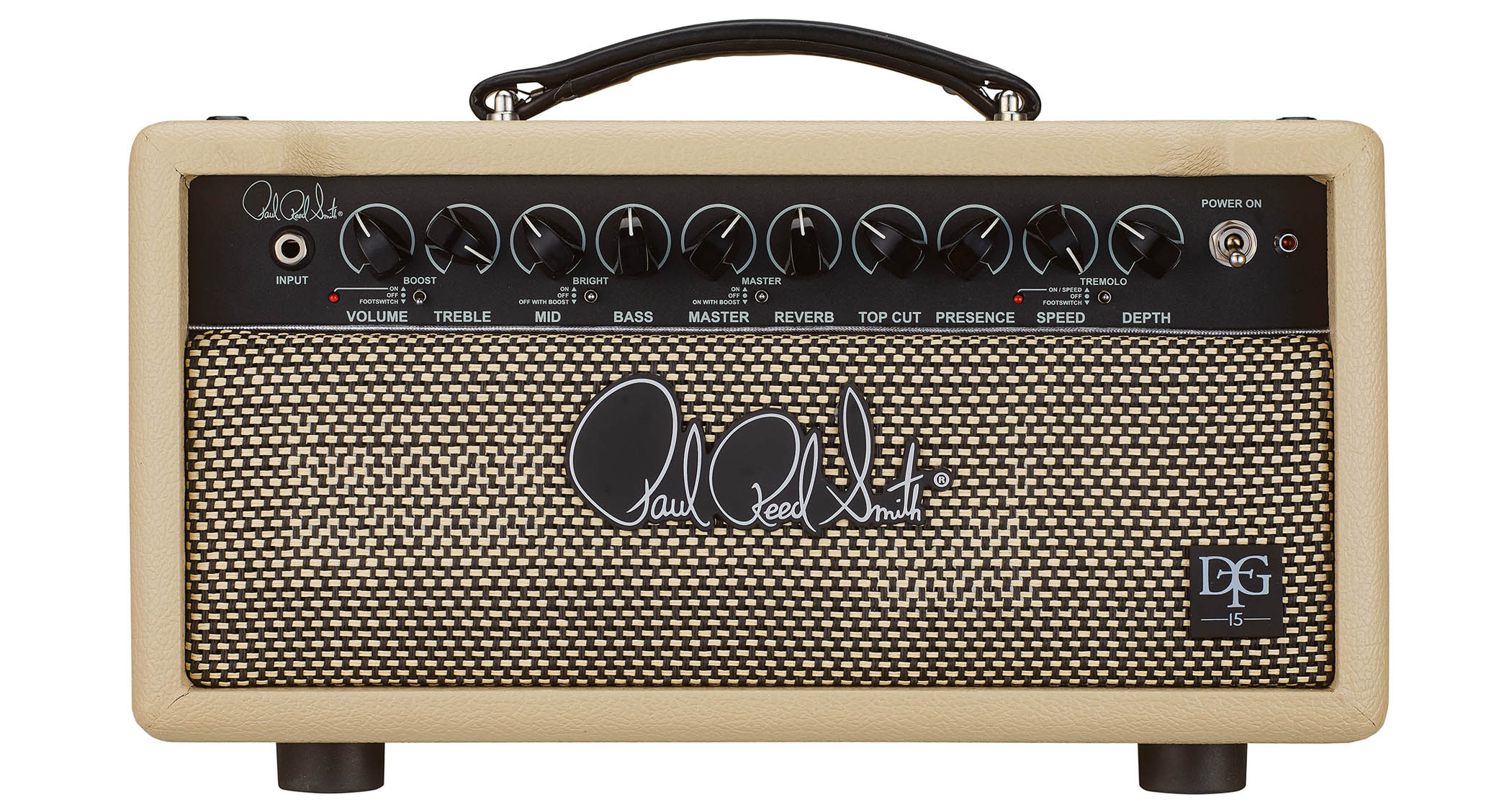
- PRICE: $1,199 / £995
- ORIGIN: Indonesia
- TYPE: Tube preamp, tube power amp
- VALVES: 3x 12AX7, 1x 12AT7, 2x EL84
- OUTPUT: 15W RMS
- DIMENSIONS: 438 (w) x 229 (d) x 235mm (h)
- WEIGHT (kg/lb): 9.7/21.4
- CHANNELS: 1 with foot-switchable boost
- CONTROLS: Tremolo Switch, Tremolo Depth, Tremolo Speed, Presence, Top Cut, Reverb, Master Switch, Master, Bright Switch, Bass, Mid, Treble, Boost Switch, Volume
- FOOTSWITCH: 3-button footswitch (supplied) toggles boost, reverb and tremolo
- ADDITIONAL FEATURES: Bias modulated tremolo, 3-spring reverb and boost circuit (all foot-switchable); bias monitoring jacks
- OPTIONS: None
- MATCHING CABINET: Blonde covered salt ’n’ pepper grille Celestion Vintage 30-equipped 2x12, 60W handling
- CONTACT: PRS Guitars
In addition to reviewing gear for esteemed publications Guitarist and Guitar World, Martin produces bands and artistes including Jarvis Cocker, Richard Hawley and Mercury-prize winning Ben Ottewell (Gomez). As a professional guitarist for 40 years, Martin has toured with luminaries including Groove Armada and Skid Row.
Recreating sonic history continues to be a chronic fixation and Martin regularly broadcasts his exhaustively researched tone-chasing content to a YouTube community of Edward Van Halen devotees.
